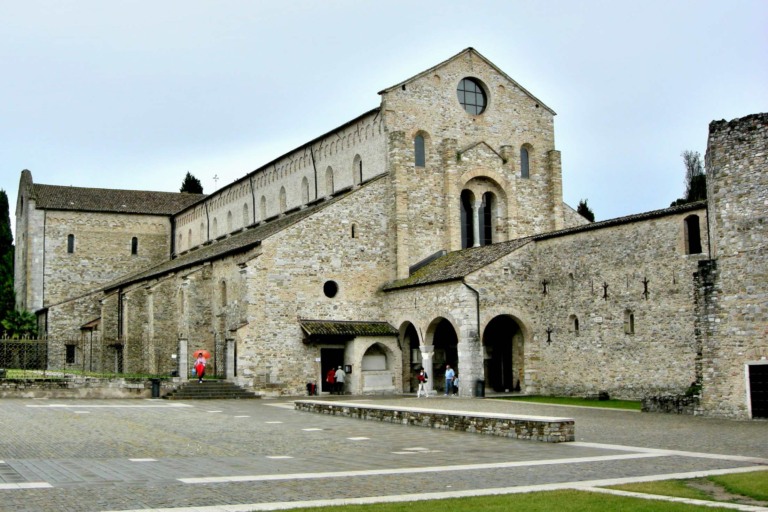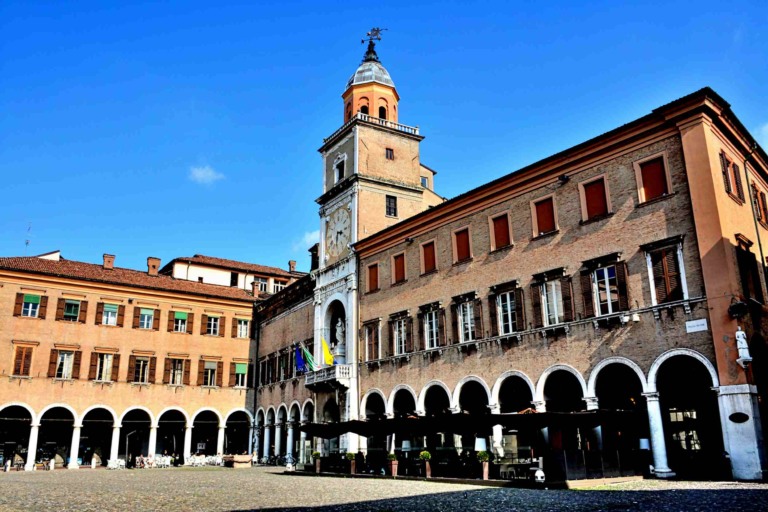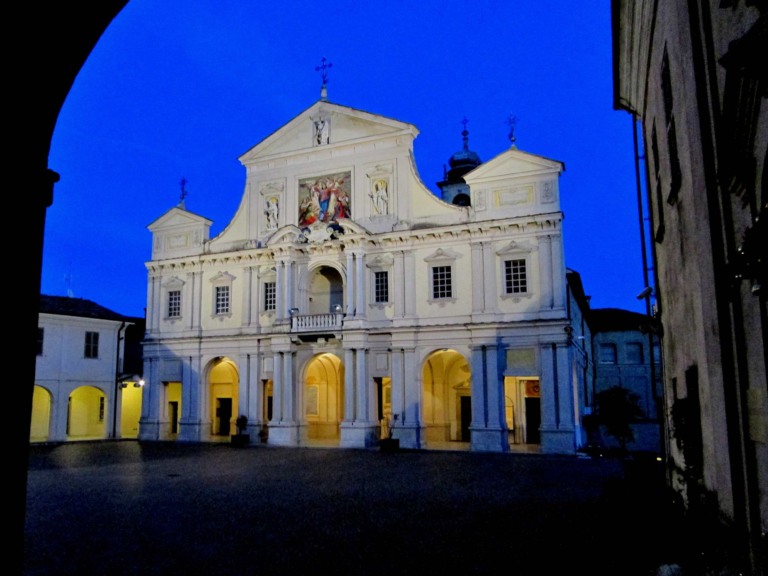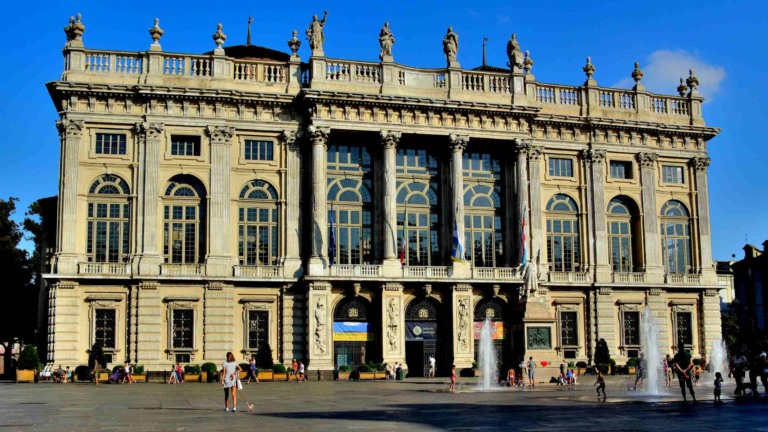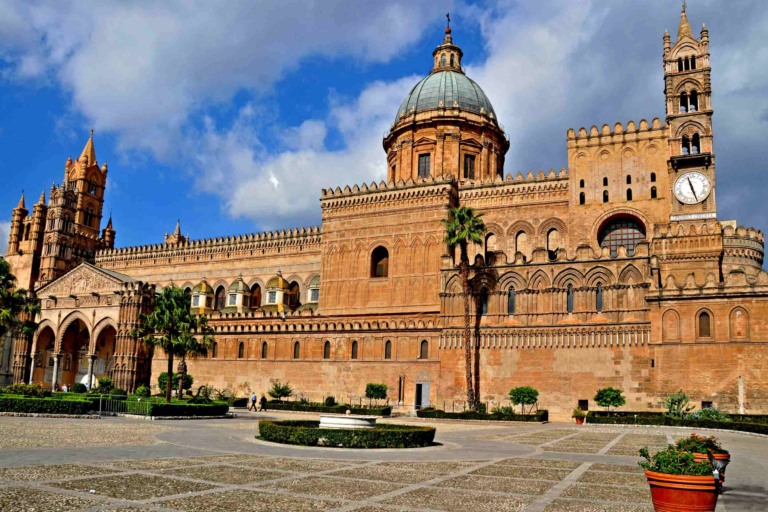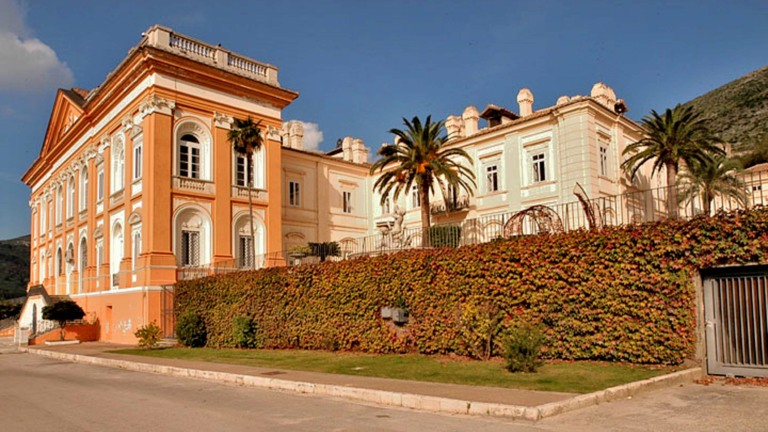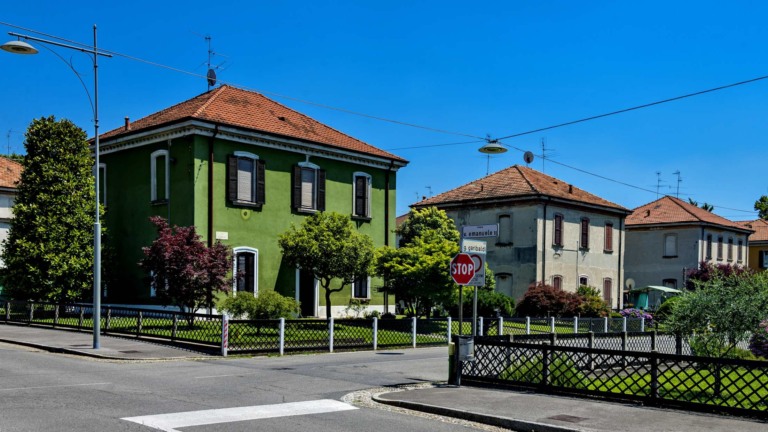The Historic Centre of Urbino, which experienced a great cultural flowering in the 15th century, is a small hill town in the Province of Pesaro, Marche Region of Italy, and was a UNESCO World Heritage Site from 1998 onwards.
Where is Urbino
Urbino, in the Marche region of Italy, was built by the Umbrians, an ancient Italian people. Urbino was afterwards inhabited by the Etruscans, Celts, and Gauls, as well as the Romans in the third century BCE.
Urbino, Italy, was finally given to the Montefeltro family in the 12th century after falling under church administration in the 9th century.
Under the leadership of Federico da Montefeltro (1444–82) and his son Guidobaldo (1482–1508), it became the seat of a duchy and reached its pinnacle as a center of artistic and intellectual activity. Raphael was born in the town of Urbino in the year 1483.
Historic Centre of Urbino
The Della Rovere family, who succeeded the Montefeltro, expanded the dukedom’s holdings, but the move of the court to Pesaro signaled the beginning of the town’s collapse.
In 1626, the dukedom and its dependent cities were annexed by the Papal States, and in 1860, they were annexed by the Kingdom of Italy.
The historic town is separate from the present residential part, which grew beyond the walls. Urbino’s street plan and character are medieval, despite the fact that the majority of its structures date from the 17th and 18th centuries.
The most prominent landmarks are from the late 15th century: (1) the Ducal Palace, now the National Gallery of the Marches, which has an outstanding collection of paintings; and (2) the tomb of San Bernardino outside the town.
Urbino’s 15th-century cathedral, which serves as the seat of an archbishop, was reconstructed in the Neoclassical style following an earthquake in 1789.
Urbino University
The University of Urbino was established in 1506. Urbino remains cut off from development sources because it is cut off from the main roadways.
With agriculture declining, the city’s main sources of income are visitors and the university. It was famous for making majolica, or tin-glazed ceramics, until the 17th century.
Visit Urbino
Urbino may not be as well-known today as it was during Federico da Montefeltro’s day. It’s a little town perched on a ridge, surrounded by breathtaking scenery.
The palazzo is still as stunning to tourists as it must have been in those days, yet Urbino is still mostly forgotten. If you enjoy culture and history as much as I do, you’ll understand how important it once was.
You’ll notice as you go around the historic centre that you’re on the same streets as Raphael and other greats. As you go around the palazzo, you may envision the intellectuals and artists that convened there.
Urbino Marche Italy
It could even help you appreciate the guy who made Urbino one of the most important cities in the Italian Renaissance. Urbino was a pleasant surprise for me.
The University of Urbino carries on the city’s tradition as a cultural cradle. The university was founded in 1506 as an academic institution and was formally recognised in 1671.
Throughout the 1960s and 1970s, the university purchased a number of run-down structures in Urbino and converted them into academic and department buildings.
This academic town is, in some ways, a natural evolution from the Renaissance town it once was. In Urbino, you probably won’t require more than a day.
It is a tiny town that is easily accessed by vehicle or bus from larger towns such as Pesaro or Fano. This resource might assist you in planning your visit.
Share to stand out from the crowd with this Blog.

